Paxton & Whitfield are proud to be partnering with the Academy of Cheese to offer their Level 2 Cheese training programme.
Our Level two course is designed for those who wish to further deepen their knowledge of cheese and take the next step towards becoming a Master of Cheese.
Representing a significant progression from Level 1, this course is aimed at cheese industry professionals, chefs and the wider hospitality industry, as well as members of the public who seek a more profound understanding of the world of cheese.
This two-day course will cover advanced training across nine key areas:
The Cheesemaking process – Maturing, affinage and grading – Buying and Distribution – Presenting and Serving – Communicating – Cheese Industry Knowledge – Regulation and Good Practice – Tasting – Learning about 100 iconic cheeses
Please note, you must have successfully completed Level One in order to join us for Level Two.
The course takes place in historic Jermyn Street, London and is a two day event, starting at 9 am each day. the price includes the Academy of Cheese delegate pack, access to the online exam and a light lunch and refreshments on both days.
Undertaking Level Two requires 18-24 hours of classroom study and 54 -72 hours of additional home study. This will include the time to visit a cheesemaker and see or take part in the cheese making process.
Level Two has been designed for cheese industry professionals throughout the supply chain who wish to advance their learning and expertise. It will also appeal to customers with a profound interest in expanding their understanding of cheese production and varieties.
In the event that you are unable to attend the course that you have booked, we require 14 days’ notice prior to the starting date and will endeavour to book you onto the next suitable alternative course.
Undertaking Level Two requires 18-24 hours of classroom study and 54-72 hours of additional home study. This will include the time to visit a cheesemaker and see or take part in the cheese making process.
Level Two has been designed for cheese industry professionals throughout the supply chain who wish to advance their learning and expertise. It will also appeal to consumers with a profound interest in expanding their understanding of cheese production and varieties.


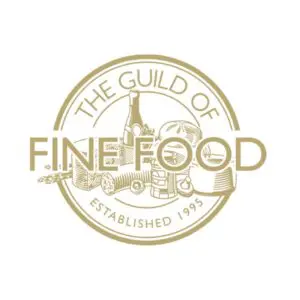
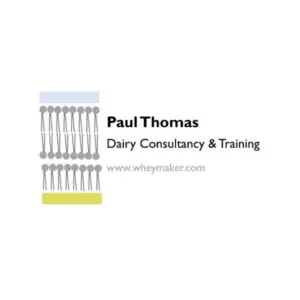

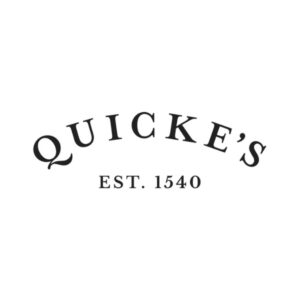
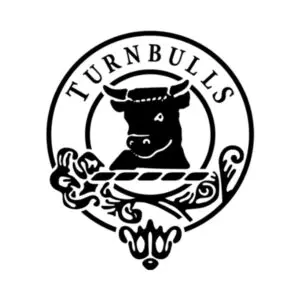
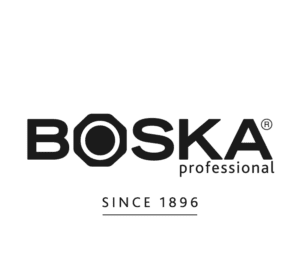


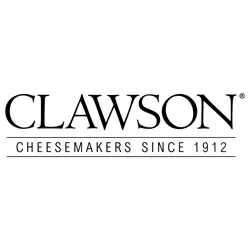

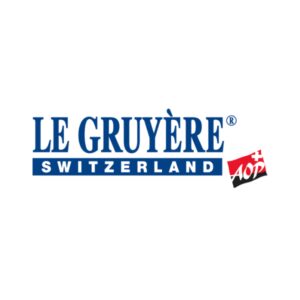





Reviews
There are no reviews yet.